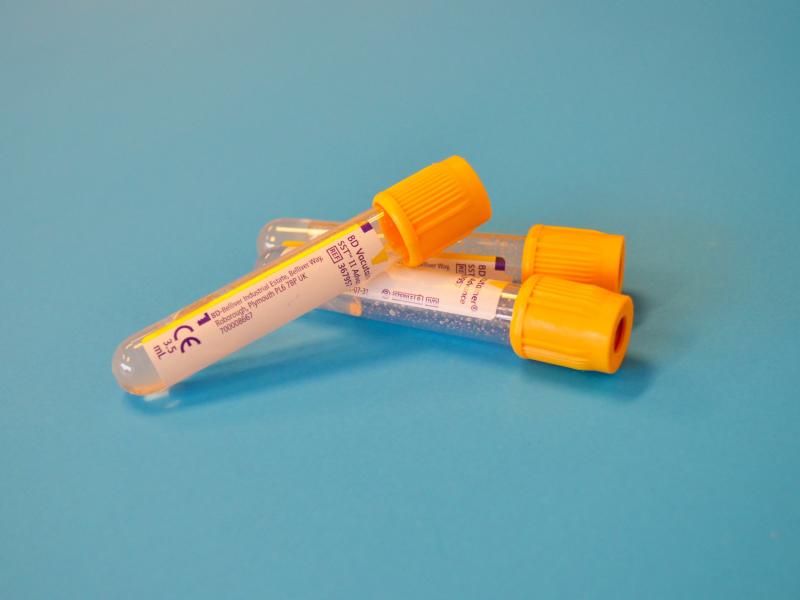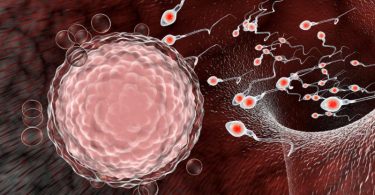People often use the terms Sexually Transmitted Infections (STIs) and Sexually Transmitted Diseases (STDs) interchangeably, but they mean different things. STIs are infections that are spread through sexual contact and are caused by bacteria, viruses, or parasites. A person can have an STI and not show any signs of it. On the other hand, STDs are a type of STI that turns into a disease with symptoms. So, all STDs are STIs, but not all STIs turn into STDs. It is essential to know the difference between these two types of sexually transmitted infections (STIs) to prevent, diagnose, and treat them correctly. Some STIs can have no symptoms but cause long-term health problems if not treated.
What is STI?
Sexually Transmitted Infections (STIs) are infections mostly spread through vaginal, oral, or anal sexual contact. They are caused by bacteria, viruses, and parasites, among other microorganisms. Infectious diseases like chlamydia, gonorrhoea, syphilis, human papillomavirus (HPV), herpes, and human immunodeficiency virus (HIV) are common examples.
People of all ages, genders, and sexual orientations can get STIs, but young adults and people with more than one sexual partner may be more likely to get them. Many STIs can be asymptomatic, meaning that the person with it might not have any symptoms. Because of this, it is imperative to have safe sex and get tested often if you are sexually active.
Some ways to stop it are to use condoms, dental dams and talk openly with your partner about your sexual health. Some STIs, like HPV and hepatitis B, can be prevented with vaccines. Early diagnosis and treatment are important to reduce the chance of long-term health problems like infertility, chronic pain, or a higher risk of getting certain cancers. Remember that regular testing and getting treatment right away can help protect your health and the health of your sexual partners.
What is STD?
Sexually Transmitted Diseases (STDs) are a subset of Sexually Transmitted Infections (STIs) that have become serious enough to cause symptoms that can be detected. They can be passed on through vaginal, oral, or anal sexual contact and can affect anyone, regardless of age, gender, or sexual orientation. STDs include syphilis, gonorrhoea, chlamydia, genital herpes, and human papillomavirus (HPV), which causes conditions like genital warts or cervical cancer.
STDs can cause a wide range of symptoms, from minor pain to serious health problems. Some possible effects are pelvic inflammatory disease, infertility, chronic pain, and an increased risk of certain cancers. To stop the spread of STDs, it is essential to have safe sex, talk openly with partners about sexual health, and get tested regularly if you are sexually active.
Using condoms and dental dams, getting vaccinated for certain STDs like HPV and hepatitis B, and going to the doctor immediately if you have any symptoms are all ways to protect yourself. Early diagnosis and treatment can help lower the chance of long-term health problems and protect you and your sexual partners.
Difference Between STI and STD
Sexually transmitted infections (STIs) and sexually transmitted diseases (STDs) are essentially distinct in that they progress at different rates. Sexually transmitted infections (STIs) can be passed on from one person to another via genital contact. Sometimes people who have STIs don’t even know it. However, STDs are a subset of STIs that have progressed to a symptomatic disease state and manifest themselves in outwardly apparent ways. One may say that all STIs are also STDs; however, not all STIs progress to STDs. Asymptomatic STIs can still cause serious health problems if untreated, so it’s essential to know the difference between them for preventative and treatment purposes. In essence, STDs and STIs are different in the following ways:
Symptoms
Sometimes there are no outward signs of an STI infection. By their very nature, STDs are associated with distressing signs and symptoms.
Terminology
Although both STI and STD relate to infections shared via sexual contact, STD more narrowly refers to those infections that can lead to disease.
Inclusivity
Not all sexually transmitted infections (STIs) progress to sexually transmitted diseases (STDs).
Stigma
Because it focuses on the infection itself rather than the disease it causes, STI is seen as less offensive to the general public.
Disease Progression
While some STIs may never develop into a disease, STDs always come from an STI that has already caused health challenges.
Public Health Focus
The use of the term “STI” rather than “STD” highlights the need for prompt diagnosis and treatment to halt the spread of the infection.
Treatment and Management
Many STIs are easily treatable or manageable if identified early, whereas certain STDs may need more complex or prolonged treatment.
Potential Consequences
If left untreated, STIs can progress into STDs, which can have devastating effects on one’s health, including infertility and an increased risk of cancer.
Prevention
Differentiating STIs and STDs is important for promoting effective preventative tactics, including frequent testing, vaccination, and safe sex practices.






